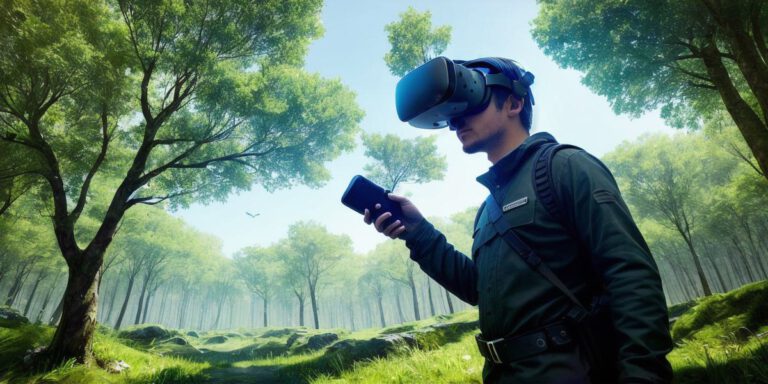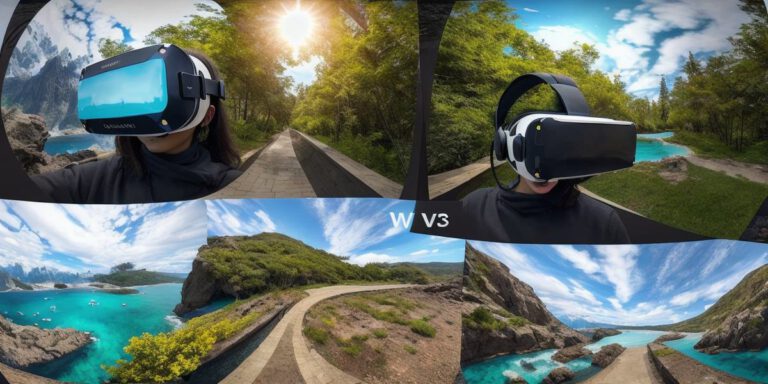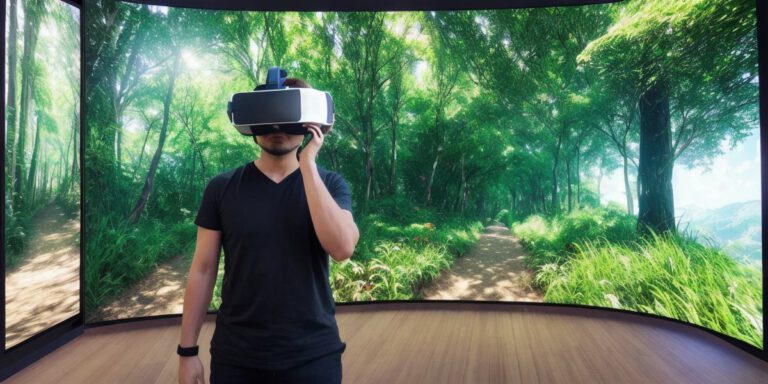Understanding Virtual Reality: Features, Advantages and Popular Applications
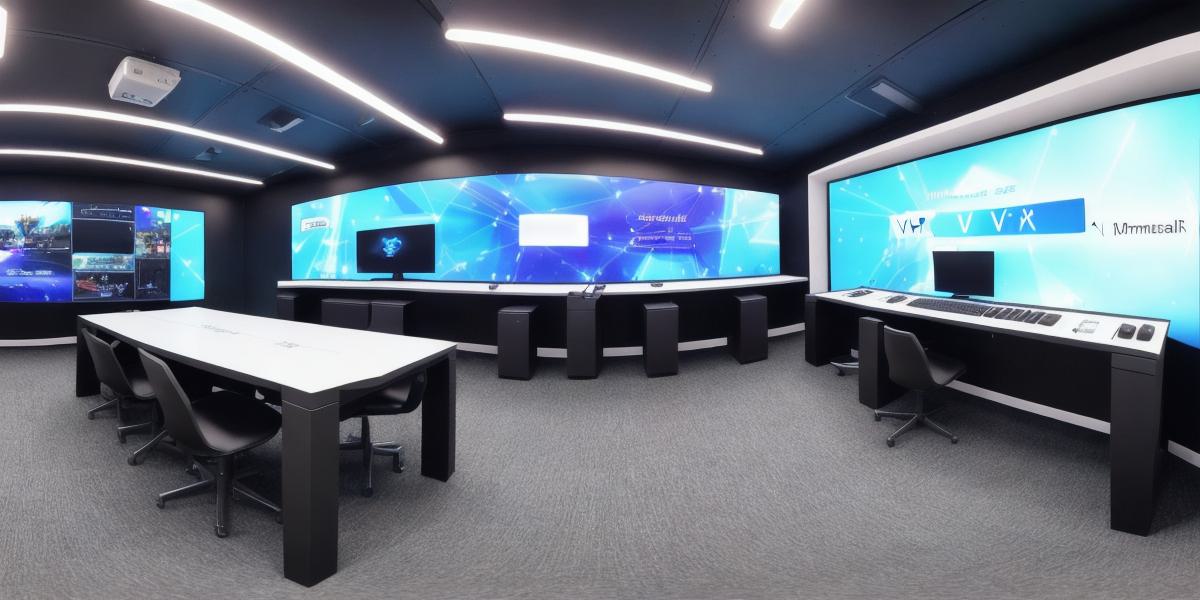
Virtual reality (VR) is a rapidly growing technology that has taken the world by storm. It’s a computer-generated simulation of a 3D environment that can be interacted with in a seemingly real way. In this article, we will explore the features of VR, the advantages it offers, and its most popular applications.
Features of Virtual Reality
- Immersive Experience: The most significant feature of VR is its ability to create an immersive experience for the user. With VR, users can feel like they are in a different world, surrounded by a 3D environment that responds to their actions in real-time.
- Hand Tracking: VR devices use hand tracking technology to accurately track the movement of the user’s hands. This allows them to interact with virtual objects and environments in a natural way.
- 360-Degree Views: VR headsets provide a 360-degree view of the virtual environment, giving users the feeling of being fully immersed in the experience.
- High-Resolution Displays: VR devices typically have high-resolution displays that provide crystal-clear visuals, making the experience as realistic as possible.
- Wireless Connectivity: Most VR devices are wireless, allowing for a more flexible and convenient experience.
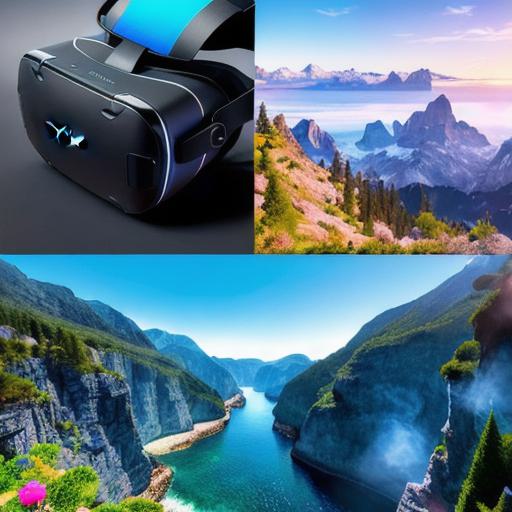
Advantages of Virtual Reality
- Training and Education: VR can be used for training and education purposes, providing a safe and controlled environment for individuals to learn new skills or explore complex concepts.
- Entertainment: VR is also used for entertainment purposes, such as gaming and immersive movies.
- Therapy and Rehabilitation: VR technology has been used in therapy and rehabilitation to treat a range of conditions, including PTSD, anxiety, and phobias.
- Design and Visualization: VR can be used for design and visualization purposes, allowing architects, engineers, and designers to explore and test their ideas in a virtual environment before constructing them in real life.
- Cost-Effective: VR is often more cost-effective than traditional training methods, as it allows for realistic simulations without the need for expensive equipment or resources.
Popular Applications of Virtual Reality
- Gaming: Gaming is one of the most popular applications of VR technology. With VR, users can experience games in a whole new way, feeling like they are part of the action.
- Healthcare: VR technology has been used in healthcare to treat a range of conditions, including PTSD, anxiety, and phobias. It’s also being explored for use in surgery and rehabilitation.
- Education: VR can be used for education purposes, providing a safe and controlled environment for students to learn new skills or explore complex concepts.
- Architecture and Design: VR technology is widely used in architecture and design, allowing architects and designers to explore and test their ideas in a virtual environment before constructing them in real life.
- Tourism: VR can be used in tourism to provide virtual tours of popular destinations, allowing users to experience the sights and sounds of a place without leaving their homes.
FAQs
- What is virtual reality?
A: Virtual reality is a computer-generated simulation of a 3D environment that can be interacted with in a seemingly real way. - How does virtual reality work?
A: Virtual reality works by using sensors and tracking technology to create a realistic simulation of a 3D environment. - What are the benefits of virtual reality?
A: The benefits of virtual reality include training and education, entertainment, therapy and rehabilitation, design and visualization, and cost-effectiveness. - What is the difference between VR and AR?
A: VR
